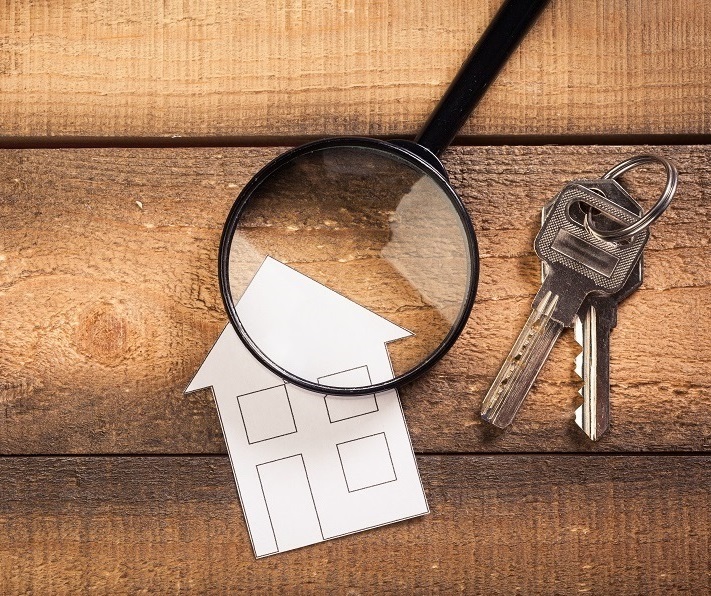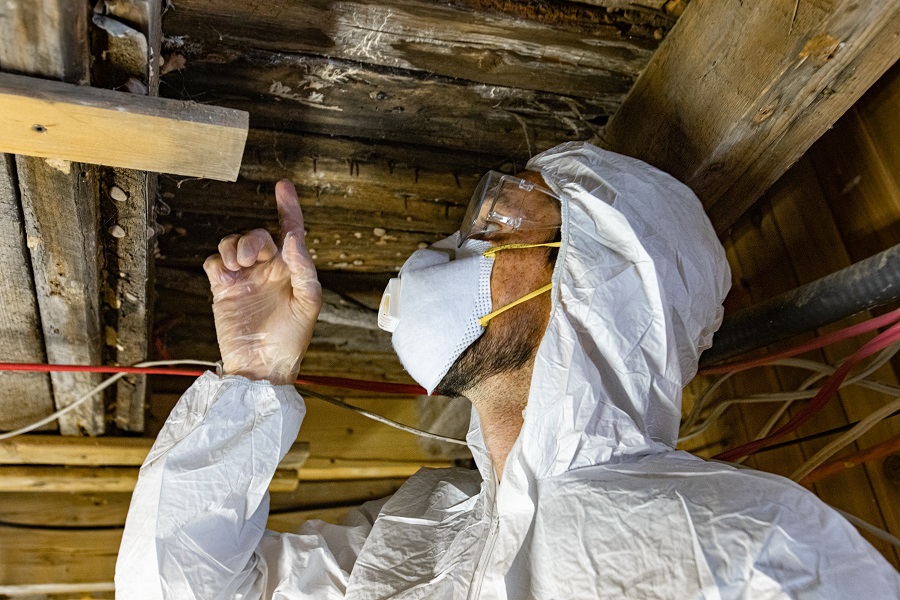What is dry rot?
Dry rot is the general word used for wood-decay fungus. As Mycelium eats wood, dry rot yields dust particles, decomposition of wood and dry rot thrive while wood is cracked by Sporocarp (fungi). Dry rot spores need a place to land and start a colony before expanding from the underneath wood. Dry rot spores can be present in the soil and already affected old woods.
This means wood can get damp and stay damp for considerable periods of time below 15% relative humidity. Dry Rot does far greater damage than Wet Rot, you can be surprised to learn that dry rot fungus will invade structural wood in your property while remaining undetected. It normally occurs where you are not looking. This could be found behind the plaster, beneath your floorboards, or even in your loft. That’s why it’s important to identify the signs and symptoms of dry rot to have it treated fast.
What is the difference between dry rot and wet rot?

Dry Rot Treatment and Services
What are the causes of dry rot?
Many types of fungi lead to dry rot. Serpula Lacrymans is the most popular in the Westerham. If it is not managed on time, it will grow and spread throughout your home causing structural damage. Blocking up your timber may save on heating/cooling costs, but it may also affect the structural integrity of your entire house. Dry rot attacks when moisture levels are too high in your timber. This attracts the fungus that is going to use this moisture to produce nutrients. The word “dry rot” is used to differentiate between “wet wood” and “dry wood rot.”
Wet timber feeds on dry rot. In order to develop spore-bearing structures, the fungal spores need over 30% dampness to generate hyphae after this, however these hyphae merely need 20% dampness to last. They are the only living organism that can form three-dimensional networks of hyphae, which can lead to mycelia that spread over considerable distances. Once the rot has taken over, it weakens the wood and leaves behind a skeleton structure of the wood, removing H2O, cellulose and hemicellulose from your wood. You need an expert to examine your property and determine whether your rotting timber is a result of dry rot or a different type of fungus. This is very important as the treatments for these damages will differ depending on the exact cause.
The dangers of dry rot in Westerham
Dry Rot Effect on your Property
Dry rot can be highly detrimental to the integrity of your home. Dry Rot will slowly and silently break down the structural timber of your property. In serious circumstances, it can cause various parts of your house to fall apart. Dry rot does not strike your brick or stone, it just moves through it. Hence, regular checks are essential.
Dry Rot is a critical problem that requires urgent maintenance and treatment. When fungus manifests, you should call a Dry Rot Expert immediately to avoid an infestation and deal with the occurring damage quickly. If you think you might have a problem with dry rot, get a survey from Southern Damp Proofing today.
What are the Warning Signs of Dry Rot?
If you discover dry rot early on, you’ll be able to save yourself time and money. If you see any of the signs and symptoms listed below, a full assessment is recommended.
The beginning of the dry rot cycle
Fungi spores may travel through air via wind in order to infect a new host. They may be nocturnal but they will also feed on timber during the day if there are carried onto timber. When the wood has enough moisture, it allows fungal spores of Armillaria mellea to germinate and create hyphae, if the timber is giving them enough nutrients to do so. The hyphae grow and join up into a lot of tangled spaghetti-like threads called mycelium. Mycelium may be white or light grey. Mycelium is mostly found between property’s bricks, mortar and plaster and can also try and spread into timber greatly.
Your timber is damaged.
If the wood is infected by dry rot, it can become flexible and dry. This could lead to the collapse of your timber. You may observe the dry rot changing the color of your timber. Scientists have discovered that dry rot can lead to something called cuboidal cracking. Cuboidal cracking/splitting is the result of timber breakage around 50 mm. This damaged timber will also often have hyphae, the white fungal growth. Hyphae can look like cobwebs and is a common symptom of dry rot.
Your timber will smell.
If you smell a strong, fungal, dank and musty odour in your timber, it is likely to be affected by dry rot. This happens, even when you can’t see an outburst of dry rot. However, it may be that there is just a smell rather than rot.
Your timber will have fungus bodies on it.
It has likely entered the final stage of dry rot and the most obvious. Mushrooms such as fruiting bodies might start to join themselves with your timber. They happen when dry rot can’t feed on the timber anymore, and so the fungus needs to pump spores out instead.
Damp Proofing Can Help Prevent
- Rising / Penetrating Damp
- Ingress of Water
- Salt Crystallization
- Plaster Breakdown
- Damp Staining
- Wet Rot / Dry Rot
Your timber will have spore dust.
Dry rot can affect a variety of timber that is not necessarily already rotten and damp. If you are seeing splotches of rusty coloured dust accompanying decomposed spores, it could be a sign of dry rot. In the last step of the dry rot stage, fruiting bodies yield spore dust.
Contact Southern Damp Proofing Now to Speak With an Expert
Dry Rot Treatment in Westerham
Not until when the moisture level is above 20% will a dry rot invasion occur. The first defense to eliminate the presence of fungus lies on controlling the levels of moisture in your living space or property. Once you have the moisture levels under control. We advise you to commission an expert in order to treat dry rot.

A professional can determine if your timber needs Boron rods. Boron is a hazardous material, hence damp proofing experts wear the protective clothing. With our specialist team at damp proofing, we will be able to find any issues with dry rot and assess the extent of the issue. Dry rots can lead to serious complications if left untreated for a long time. Dry rots are a serious problem and can lead to serious issues if left untreated. We will provide a damp proofing solution that is right for your needs. Please don’t be late Call 020 7971 1329 for today’s free survey and successful care if you suspect you have a problem with dry rot.
How can you prevent dry rot damage in Westerham?
The first step of treating dry rot is prevention. A dry rot infestation will occur in any wooden areas of the house that traps ample water and is subject to moisture/moisture ingress. Practices that prevent them from forming: Always ensure there are no leaks in your property. Provide proper, sufficient ventilation.
Ventilate correctly and envelop the attic. Properly ventilate crawl spaces. Seal basement and crawlspace floors to reduce ground moisture. Check all wall and roof flashing to ensure water is being directed properly. Ensure clear downspouts and drains. It’s a very good idea to check your pipes and heating system for leaks when using a wet system The easiest way to mitigate the chance of dry rot is to decrease moisture levels, because of the moist conditions needed for dry rot fungus to feed and germinate. For example, plugging the leak will help avoid dry redness by providing a pipe that leaks.

Dry rot by its nature gets worse over time, if you think you have a problem, it is important to contact us right away. Southern Damp Proofing will be able to help you no matter what the nature of your damp issue is, email or call us on 020 7971 1329
FAQ’s
Where can dry rot grow?
How can I confirm that I have dry rot?
Is dry rot serious?
If dry rot is left unchecked what will happen?
Will dry rot stretch?
How wide is Dry Rot able to spread?
How do I discover how far Dry Rot has spread?
Can my dry rot problem be treated effectively by you?
Should I restore or replace dry rot?
For Top Quality Damp Surveys & Treatments
Other Areas We Cover
- Dry Rot Treatment in Swanscombe, Kent
- Dry Rot Treatment in Tenterden, Kent
- Dry Rot Treatment in Tonbridge-Tunbridge, Kent
- Dry Rot Treatment in Tonbridge, Kent
- Dry Rot Treatment in West-Malling, Kent
- Dry Rot Treatment in Whitstable, Kent
- Dry Rot Treatment in London
- Dry Rot Treatment in Acton, London
- Dry Rot Treatment in Barking, London
- Dry Rot Treatment in Barnes, London